This Year's Met Gala Theme Questions Whether Fashion Has Real-World Implications
The Met Gala is right around the corner (May 7 in the US, May 8 for Australia), and in addition to the usual anticipation of seeing all the amazing red carpet looks that come from the event, this year seems to be drumming up some controversy around the theme. Back in November, the 2018 Met Gala theme was announced as “Heavenly Bodies: Fashion and the Catholic Imagination”—which resulted in some raised eyebrows both within and outside of the industry due to its religious link.
In a time so rife with discussions of political-correctness and cultural sensitivity, it does at first seem surprising that the Met Gala would dabble in a topic so sensitive as religion. Especially considering the costume-wearing aspect of the gala, a religious theme almost seems like it’s asking for disaster, appropriation, misunderstanding, and insensitivity. Or, perhaps it’s exactly what the world needs to see this year: An appreciation of beauty, regardless of personal belief?
While the theme at first sounds questionable, upon deeper inspection it’s not altogether surprising.
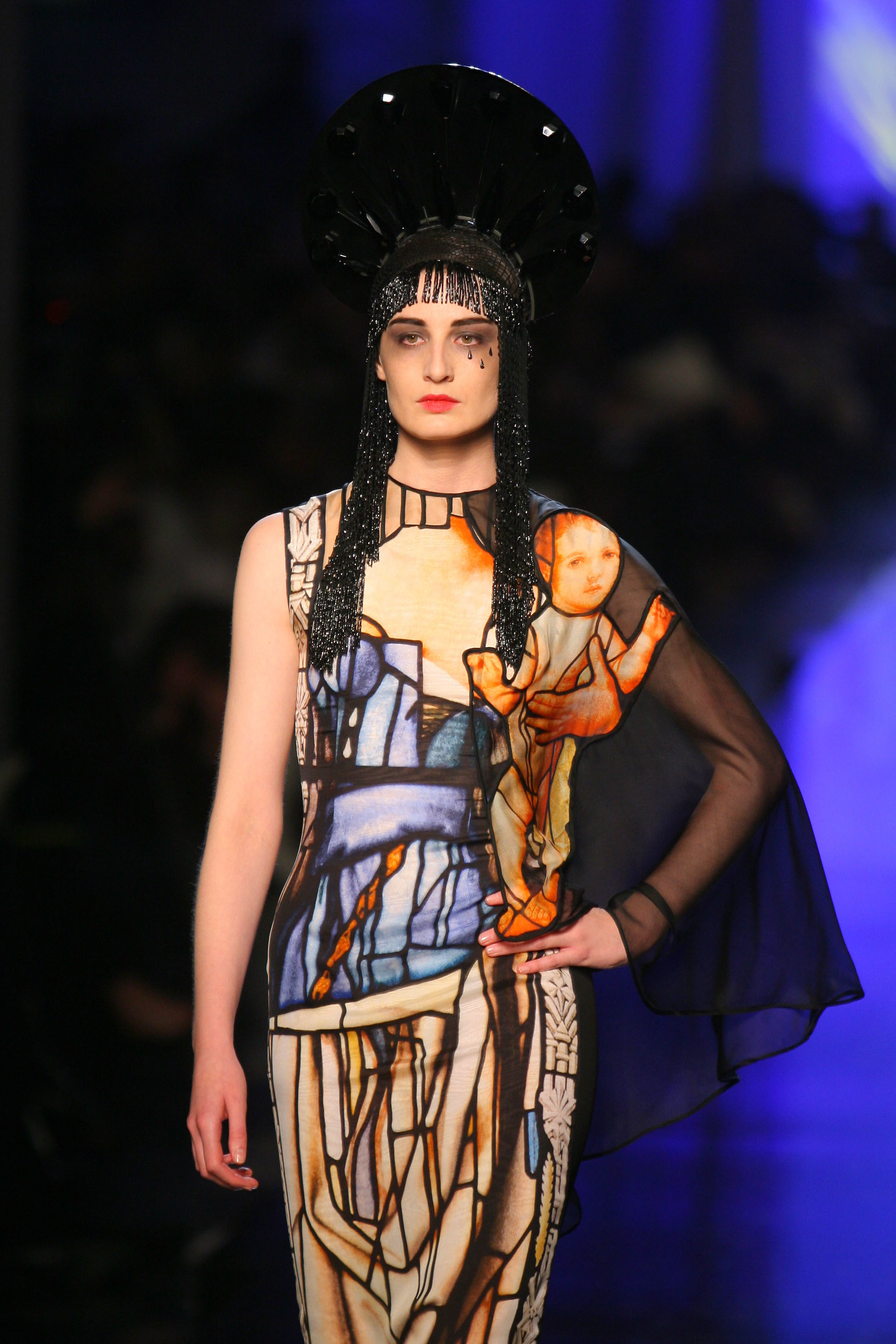
WHAT: Jean Paul Gaultier S/S 2007-2008
As a massive source of funding for the museum, the Met Gala functions as an extension of the museum itself, acting as a catalyst for the coming exhibit. While the Costume Institute has featured specific designers and more abstract topics in its past gala and exhibition themes, this year’s subject is much more far-reaching in its attempts to “create a dialogue between fashion and the masterworks of religious art in the museum’s holdings”, as stated by Vogue.
And economically, the exhibition itself is probably a smart move for the Met. In terms of the bottom line, religious art has always been wildly popular, so—though it may sound blasphemous to admit—the sacred theme makes sense. In fact, the New York Times affirms that, “The last time this many Vatican garments made their way across the ocean, in 1983 for “The Vatican Collections,” the exhibition became the third-most-visited in museum history, with 896,743 attendees.”
Thus in this modern age where technology is constantly threatening to pull us away from art, perhaps a theme ensured to garner funds is exactly what the Met needs. It should be noted as well that the exhibition is not without it’s blessing from the Vatican, Time reports: “The exhibit has received the blessing of the Vatican and will include more than 40 garments and accessories from the headquarters of the Roman Catholic church, alongside the over 150 designer pieces that have been inspired by Catholicism and its iconography.” Additionally, “The Vatican garments will be separated from the rest of the fashion in the exhibition, out of respect for the fact that they are still working garments” The New York Times highlights “and, presumably, to defray criticisms that could incur if a visitor were to see, for example, a sacristy robe next to a Jean Paul Gaultier dress with a chalice embroidered over the breasts.” So though this still doesn’t excuse any potential misgivings that may arise from a theme of this nature, at least the Met is aware of the potential controversy that may arise.
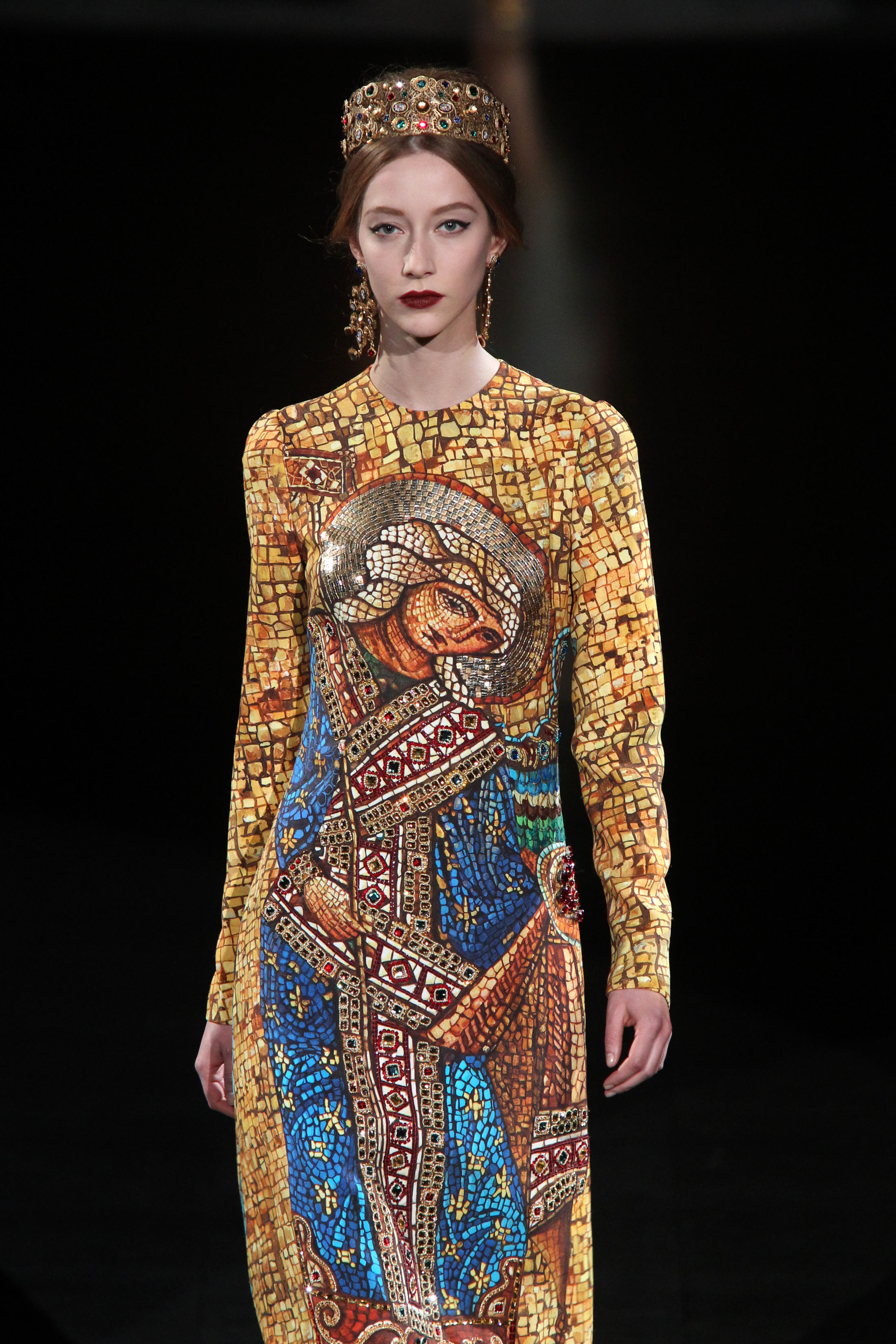
WHAT: Dolce Gabbana A/W 2013-2014
All else aside, the Met Gala’s theme this year is an interesting thought piece about the real world implications of all art—and whether or not the potential for insult is enough to justify playing it safe from here on out when it comes to creativity. Regardless of one’s religion, Catholicism has unquestionably inspired some amazing masterpieces. But conversely, regardless of an individual's interpretation of the meaning behind religious art and iconography, is it truly impossible to appreciate such meaning-riddled subjects on an aesthetic basis alone?
It has been claimed by the New York Times, that the Met Gala theme's, “focus is on a shared hypothesis about what we call the Catholic imagination and the way it has engaged artists and designers”. You can see why people are on the fence about this theme.
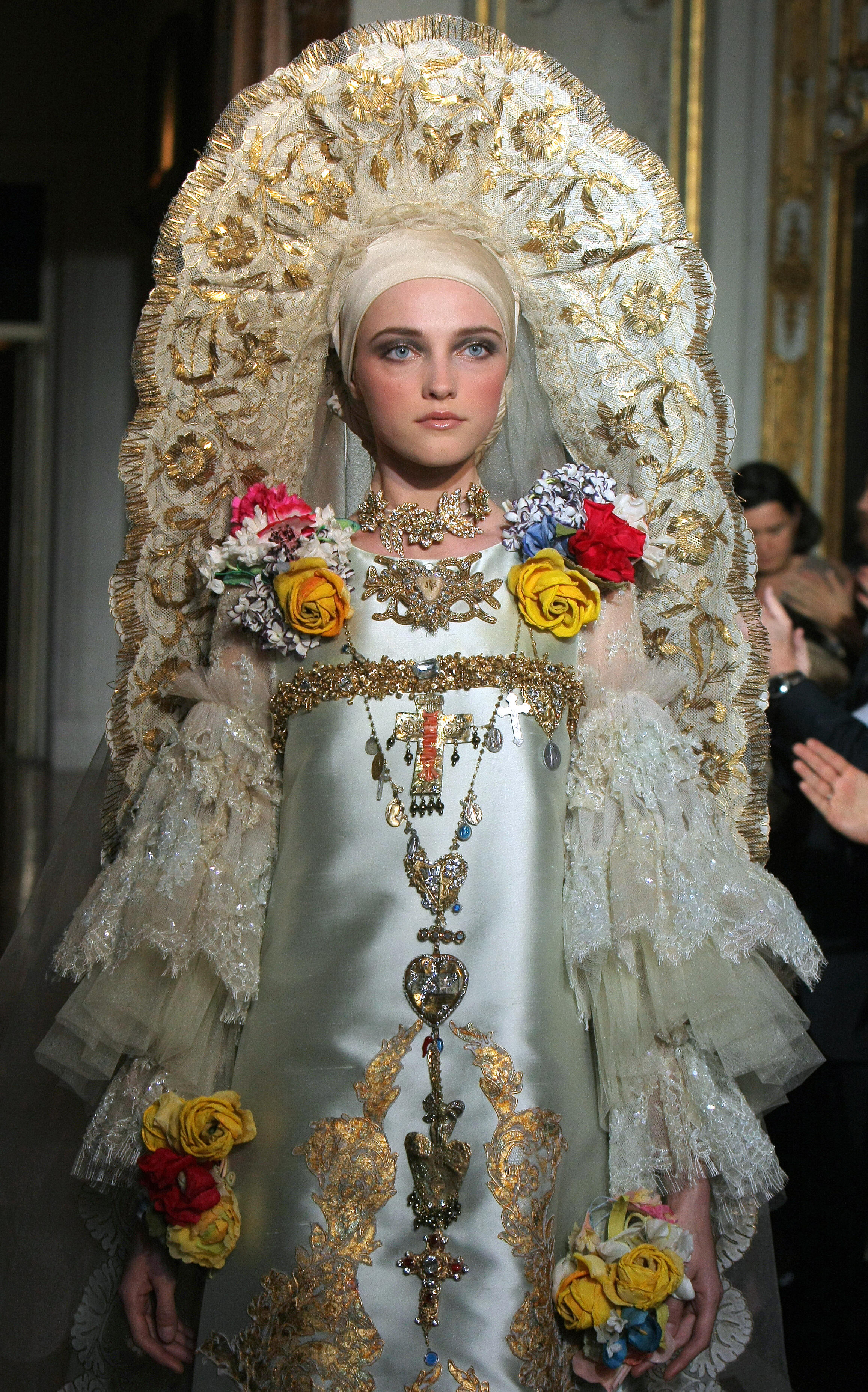
WHAT: Christian Lacroix A/W 2009-2010
However, it's not the first time. In fact, the 2015 Met Gala theme, “China: Through the Looking-Glass” garnered flack for the cultural appropriation it spurred on the red carpet. Despite this, however, The New York Times notes that it nonetheless “became the fifth-most-visited exhibition, despite accusations of skating over the surface of the issues it raised”. With this in mind, we can’t help but ask: Does appreciation for the artwork in the exhibition outweigh what happens on the red carpet? And we can't ignore the fact that it can open up new dialogue. Oftentimes, important dialogue.
That being said, it will nevertheless be interesting to watch how the gala unfolds. It will be intriguing to watch how celebrities and designers alike navigate the waters and pay homage to the subject without trivialising a topic that many find incendiary.
Related: How the Fashion Industry Is Taking a Stance for the Most Important Social Causes
Opening Image Credits: Getty Images
-
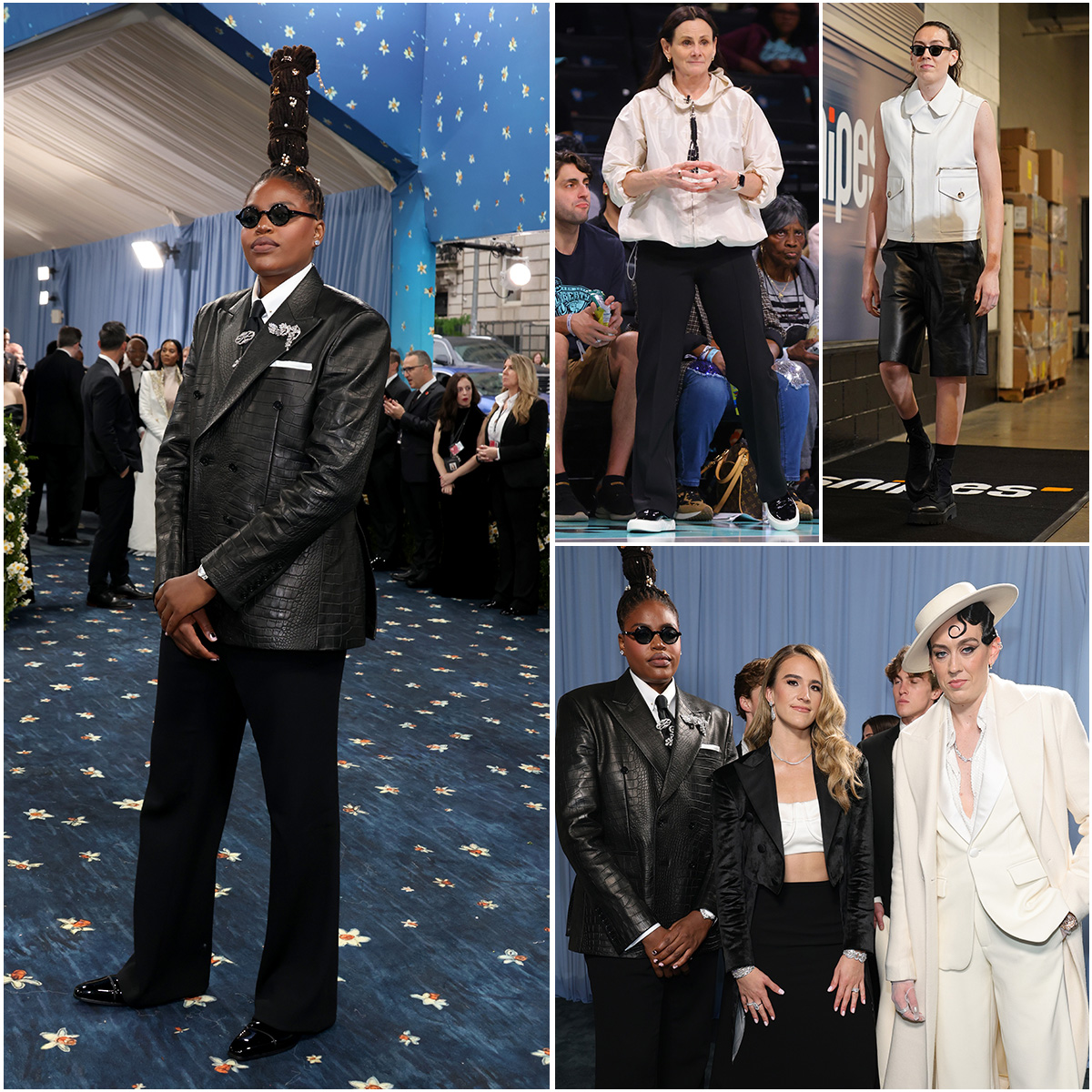 Tunnel Vision: How the New York Liberty Became the WNBA's Best Dressed Team
Tunnel Vision: How the New York Liberty Became the WNBA's Best Dressed TeamSpotted at the Met Gala.
-
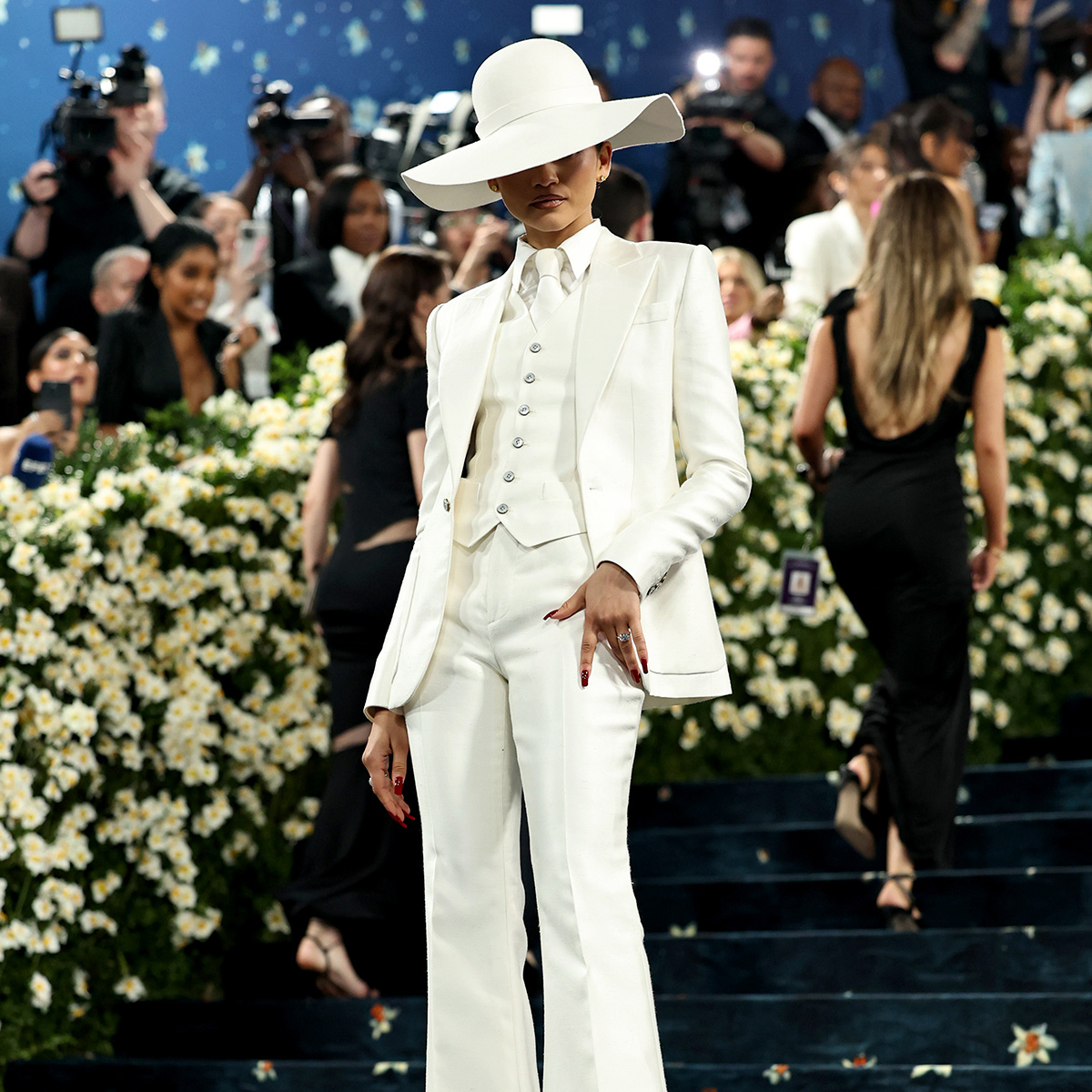 This Brand Won the Met Gala Red Carpet, According to Instagram's Favorite Trend Analyst
This Brand Won the Met Gala Red Carpet, According to Instagram's Favorite Trend Analyst@databutmakeitfashion tells us everything we need to know the day after the Met.
-
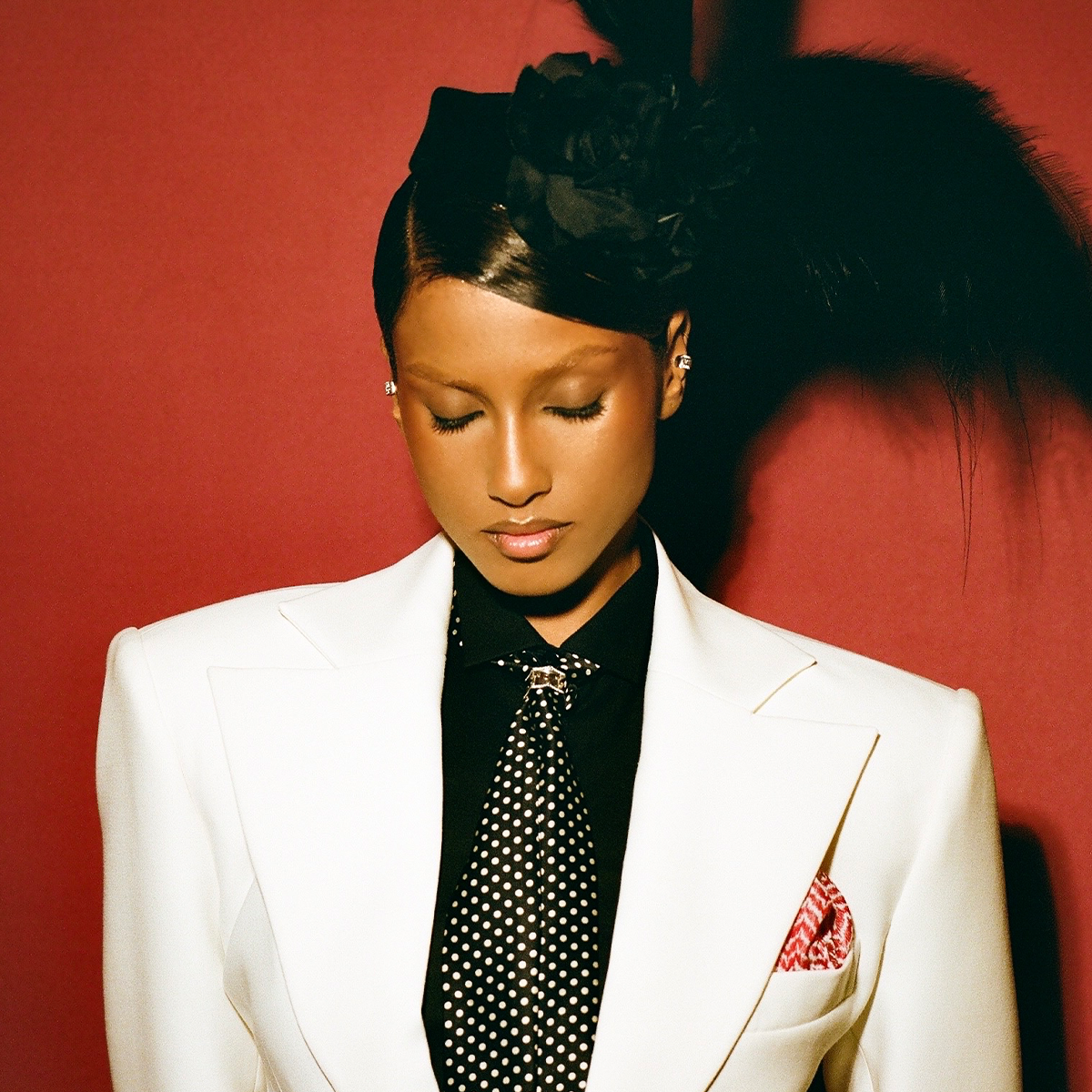 See Every Jaw-Dropping Detail of Imaan Hammam’s Stunning Met Gala 2025 Look
See Every Jaw-Dropping Detail of Imaan Hammam’s Stunning Met Gala 2025 LookRead our exclusive photo diary
-
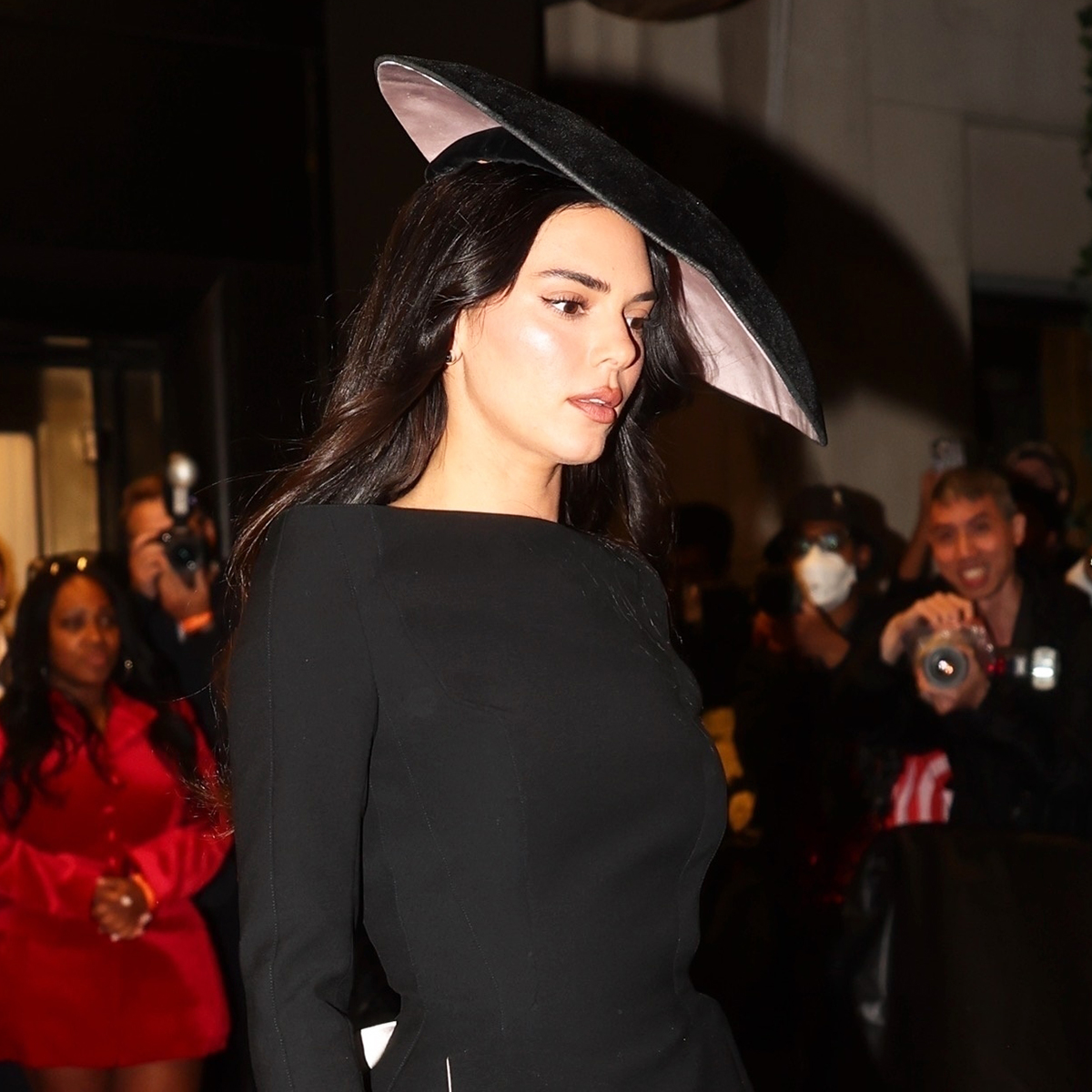 Kendall Jenner Wore This Pretty 2025 Shirt Trend for Both the Met Gala Red Carpet and the After-Parties
Kendall Jenner Wore This Pretty 2025 Shirt Trend for Both the Met Gala Red Carpet and the After-PartiesElegance is her main objective.
-
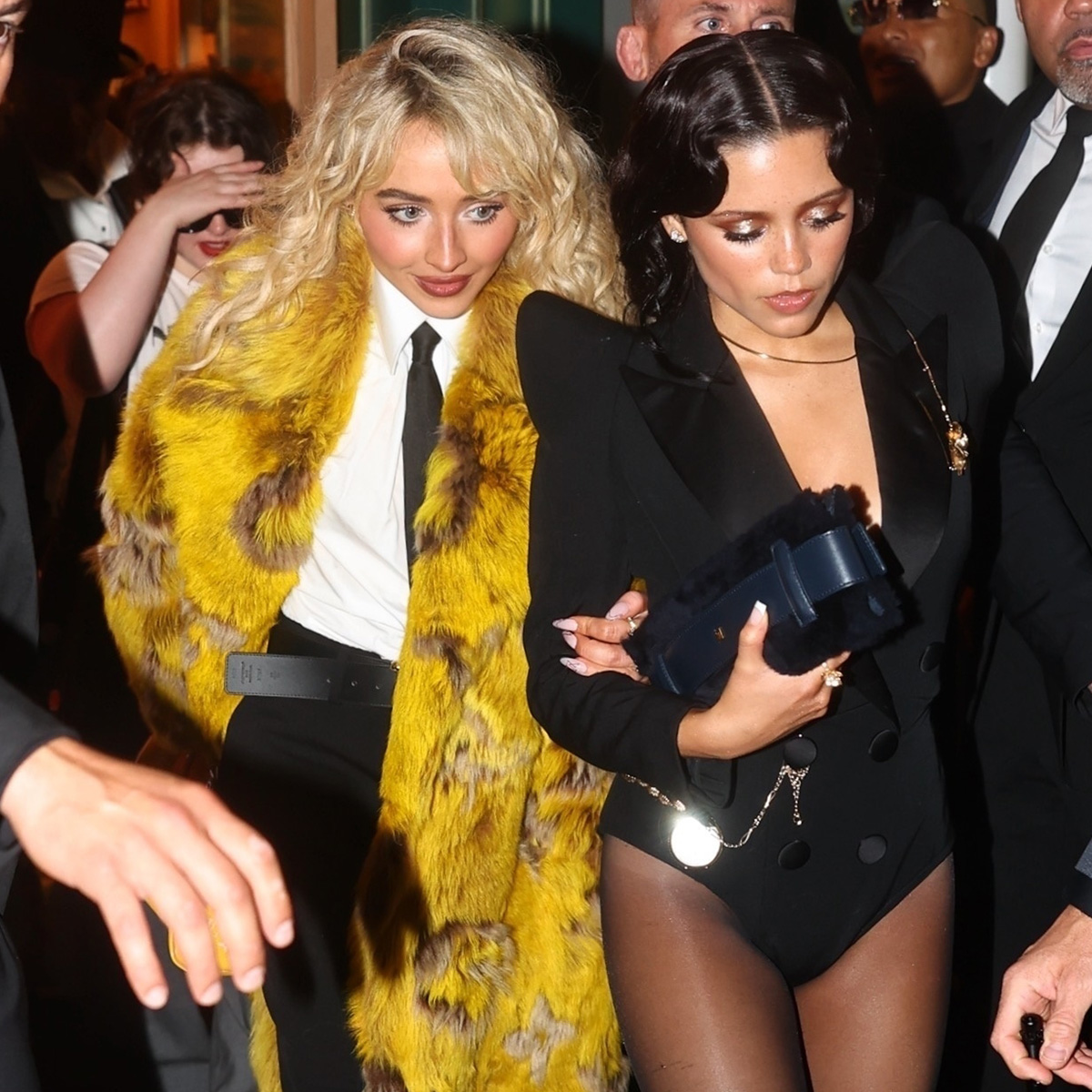 IDK How, But Sabrina Carpenter Just Made the Pant Trend Hanging in *Every* Closet Look Worthy of a Met Gala After-Party
IDK How, But Sabrina Carpenter Just Made the Pant Trend Hanging in *Every* Closet Look Worthy of a Met Gala After-PartyEffortlessly chic.
-
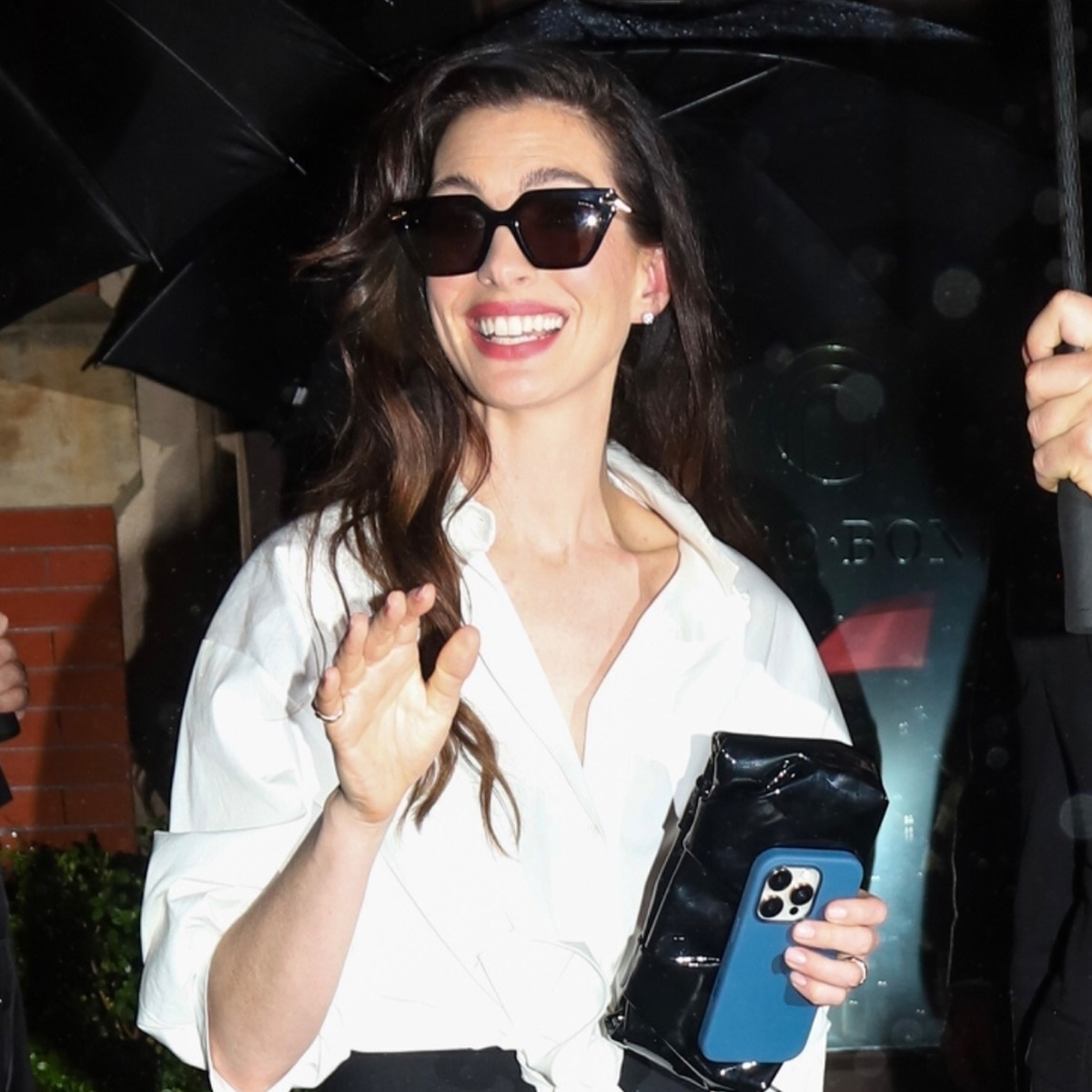 Anne Hathaway Tagged Out Her Skirt and 123.35-Carat Sapphire Necklace for the Met Gala After-Party
Anne Hathaway Tagged Out Her Skirt and 123.35-Carat Sapphire Necklace for the Met Gala After-PartyTag in: pedal pushers.
-
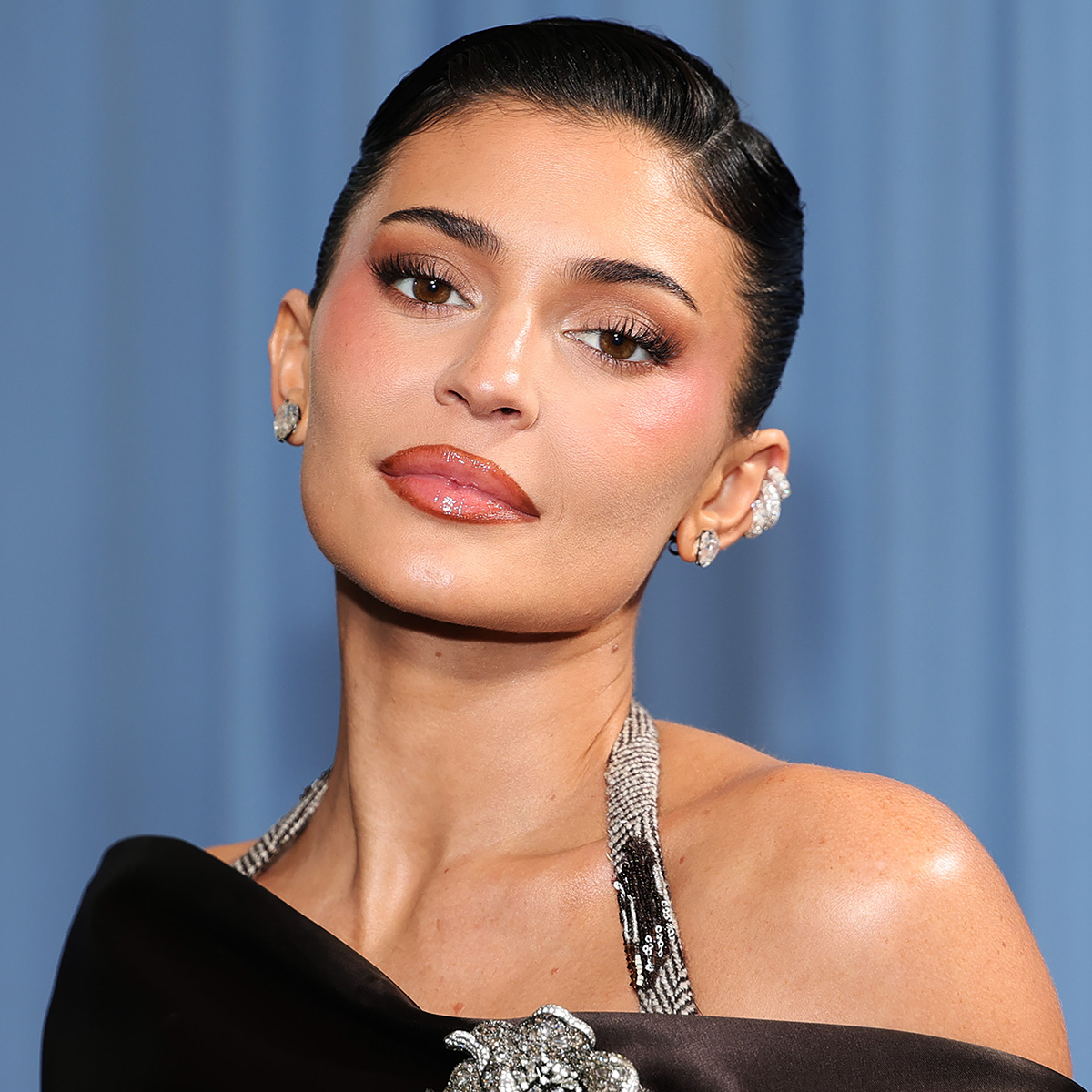 The Elegant Dress Trend Kylie Jenner Wore to the Met Gala Will Be at Every Wedding You Attend in 2025
The Elegant Dress Trend Kylie Jenner Wore to the Met Gala Will Be at Every Wedding You Attend in 2025Trust me.
-
 Sabrina Carpenter Just Went Entirely Pantsless on the Met Gala Red Carpet
Sabrina Carpenter Just Went Entirely Pantsless on the Met Gala Red CarpetWhoa.

